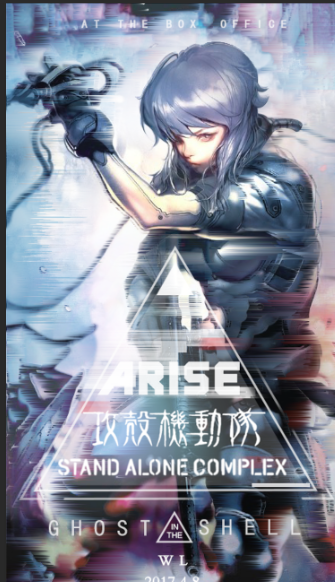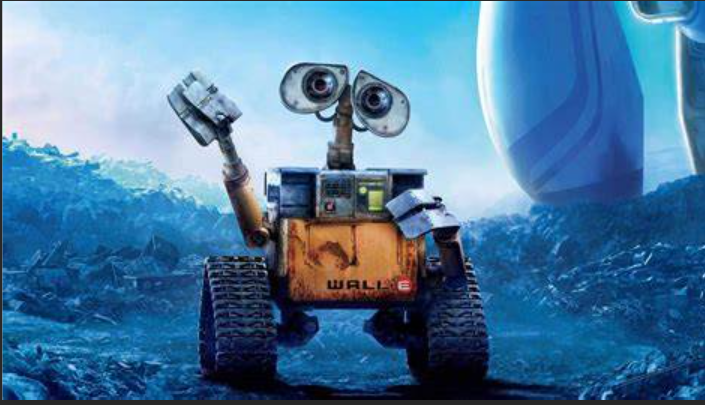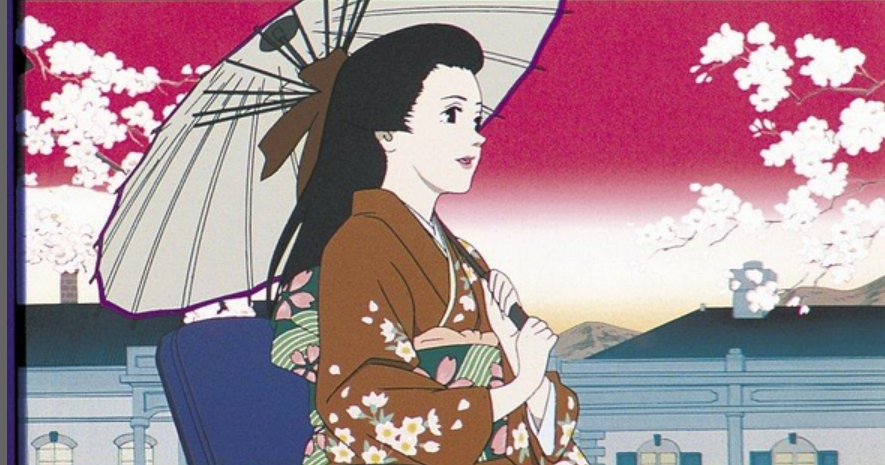
Ghost in the Shell review
Hollywood’s industrialization, as we all know, is a production line, with a lot of homogeneity among directors, and team characteristics often trumping individual characteristics (a good director is even more valuable in this environment, by the way). The Japanese film industry, on the other hand, relies heavily on individuality, even heroism. Teams always revolve around one or two people, who determine the direction of the work, generally and especially visually and graphically.
In the game industry, this individual hero is often the game’s main producer, or supervisor.
In the film and television industry, they are usually directors or screenwriters. In the animation industry, they may be painting supervisors or lead writers.
If you look at some animations, you can see a clear visible difference between one word and another word when you change the supervision.
And Hollywood style industry, how to adapt the works of Japanese animation directors? And the director is Mamoru Moshi. Adapted Mamoru Moshi? Are you sure? Speaking of which, have you ever seen a live-action dragon ball, dear? That movie is a perfect example of what Hollywood is about.
For Ghost in the Shell, they just adapted the story. And then the Settings are your original, the spiritual core is your original, and then in some places all the storyboards are your original. In some places it’s the same! It’s the same! The storyboard turns are heavily copied from the 95 theater version, which can be considered the 95 theater version of the high-definition human remake! And a lot of the key locations and key plots were taken from TV and 95. Call it homage, call it plagiarism. (Although I don’t think it’s logical to copy…) In essence, this is to use a lot of old scenes and storyboards plus some original scenes (in fact, carefully think about it, the amount of original scenes are also quite a few), according to the structure of the European and American spy film I said before, the structure of the film. This is a tricky move, though, because to longtime fans, denying those scenes and storylines is the same as denying Ghost in the Shell. “, and the success of the previous works is enough to prove that the design of these scenes and storyboards is excellent and mature; otherwise the old works would not have been successful.
The storyboards and storyboards that have been successfully practiced have doomed individual scenes and story structures to have an undefeated and excellent structure, and one of the things that I really admire about Ghost in the Shell is that they can really combine scenes from different chapters and even different works into a complete story… And it’s a story that’s complete, that’s consistent, and that appeals to fans of the original while still making it look like it’s not too difficult for a new audience to understand… I’m pretty comfortable with that…
As a film adaptation, it is not easy to do so, in fact, TV size series, adapted into a Hollywood-style theater film, can be changed into this I don’t want to expect anything, the story is complete, logical, this is already very unexpected… There’s no thunder… In my opinion, only the story structure of Ghost in the Shell, which is biased towards unit dramas, can be changed in this way, because the plot setting of the original is very close to unit dramas, so it can support the adaptation of what I said. You can’t do that with a coherent story… Due to the limitation of space, the plot must be compromised. However, the part of compromise is likely to lead to abrupt turns and logical conflicts before and after the plot, or even the lack of reasonable development, which the Japanese themselves have changed a lot.
First of all, according to tradition, the whole world of the story, and the characters, including the nine lessons, are set in stone. But the details are completely different from the original shell. This is also traditional. Ghost in the Shell was like this before. The configuration of Nine Lessons and Cyberpunk is fixed, but the plot, especially the details of Suk, is very different. The TV version is different from the theater version, arise version is different from the TV version, Arise version is different from the theater version, all the anime versions are different from the manga, and this time the live-action version is different from all the anime versions. You can explain it in parallel worlds… Anyway, as a Ghost in the Shell fan I’m used to it… On the other hand, I would probably be offended if the different versions of Ghost in the Shell couldn’t stand on their own because they were trying to unify the world. So it’s normal to change Settings… If you’re crying foul about this, then you’re just saying…
On the whole, in terms of casting and role restoration, I think the four major roles in Lesson 9 are well restored.
The leading role of Scarlett’s acting skills, the overall interpretation of the more outstanding, commendable, unlike the animation as less invincible,On the contrary, it feels more vulnerable and real. While it is true that the Hollywood industry has a habit of European and American actors acting like Asians, it is also because there are not enough good Asian faces in the European and American markets. However, this problem does not exist in Shaozuo, because Shaozuo is a prosthetic person… I don’t know which of the current European and American actors is temperamentally more suitable for Scarlett to play a lesser role, but I can’t figure it out.
Bart’s actors don’t know their names, but they feel pretty good, cap eyes and temperament.
Hwang Hingham plays Toluca… Let’s just say, after all, the most active Asian face in Hollywood… Too bad there’s less of it…
Takeshi Kitano as Father Arakawa, honestly I don’t know who else could play Arakawa… God restore… Let’s just say God restored… But he looks less like a wily politician than the original, more like a gang leader. (A real monkey can actually fight…)
In terms of the role, what I am most dissatisfied with is the eternal hero. In the setting of this shell, he is quite a failure. It is more like a new role needed by the plot, which is forcibly installed with the name of the Eternal hero. It has nothing to do with the enduring hero of the original, but it seems to me that this character does something more like a smiley face or puppet master with neat’s design.
The general details of the restoration of a lot of such as the love of Togas revolver, and the dog and so on, people who understand naturally understand.
In addition to the previous said too much length of the original footage and the use of the bridge, many places we these old fans see is really will be boiling blood. Anyway, I almost cried out when I saw some of the footage…
As a live-action adaptation of Ghost in the Shell, it does. At least it’s Ghost in the Shell, unlike Dragon Ball, which is obviously something else…
Ghost in the Shell, at least when it comes to the shell, this movie does it. It’s Ghost in the shell, with Ghost in the Shell.
Ghost in the Shell is as deep in thought as any Oshii-Shou Ghost in the Shell. The value of the discussion is not on the same level at all. “Thinking about self and reality” is a bad topic not only in Ghost in the Shell, but also in a lot of cyberpunk works. It doesn’t have a deep meaning in this game; it doesn’t have a deep philosophical value like other Ghost in the Shell. In terms of philosophical value, probably even most of the Stand Alone episodes on TV gave me a lot more to think about than the live-action version (or maybe I’ve just thought a lot about this topic…). .
The whole ideological value has been weakened in this work, weakened to the point that anyone who goes to the cinema can understand it; it becomes very popular, very popular. Even the concept of Ghost has been reduced to such superficial things as memory and personality. It doesn’t have the mystical, metaphysical quality of the original.
When you think about the extensive copying of the 95 storyboards mentioned earlier, it’s easy to think of the word “parody.”
In form, not in spirit
Ghost in the Shell, with the Shell, without the Ghost
And that’s where most of the bad reviews of Ghost in the Shell are now on the Internet, that Ghost in the Shell, as a Ghost in the Shell, is not up to par.
The bad reviews exist now, they exist in China, they exist abroad, and they will be more so when they are released in China. Said the movie was uninspiring.
I’m not going to argue with that. In fact, I don’t think that’s wrong at all in general. But I think the audience who made that claim probably wasn’t thinking of something much deeper.
Did they really set out to make Ghost in the Shell like that?
It’s a Ghost in the shell, but are they really going to make it a ghost in the shell like Mamoru Moshi? Have they been 95 Ghost in the Shell philosophical heights for the goal of making this movie?
Or, to put it another way, are they going to try to outdo Mamoru Moshi in this area?
Not really. They borrowed a lot of 95 points and scenes, but from the beginning to the end, they never went beyond 95.


